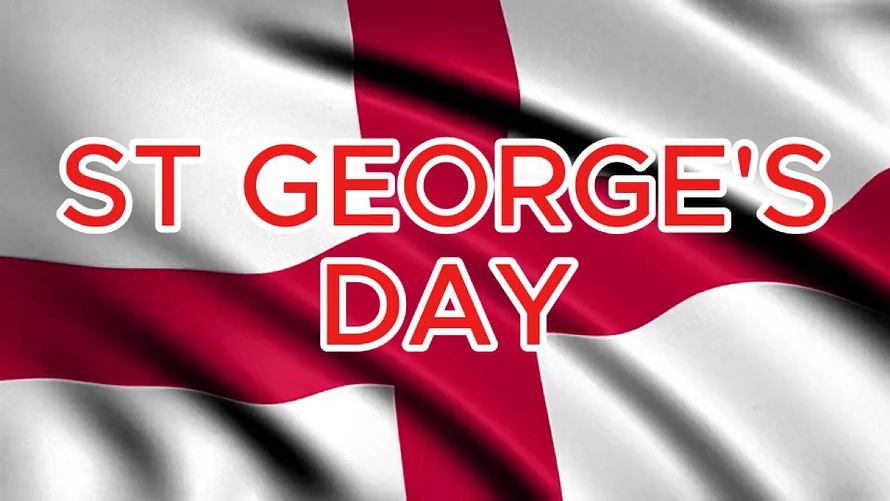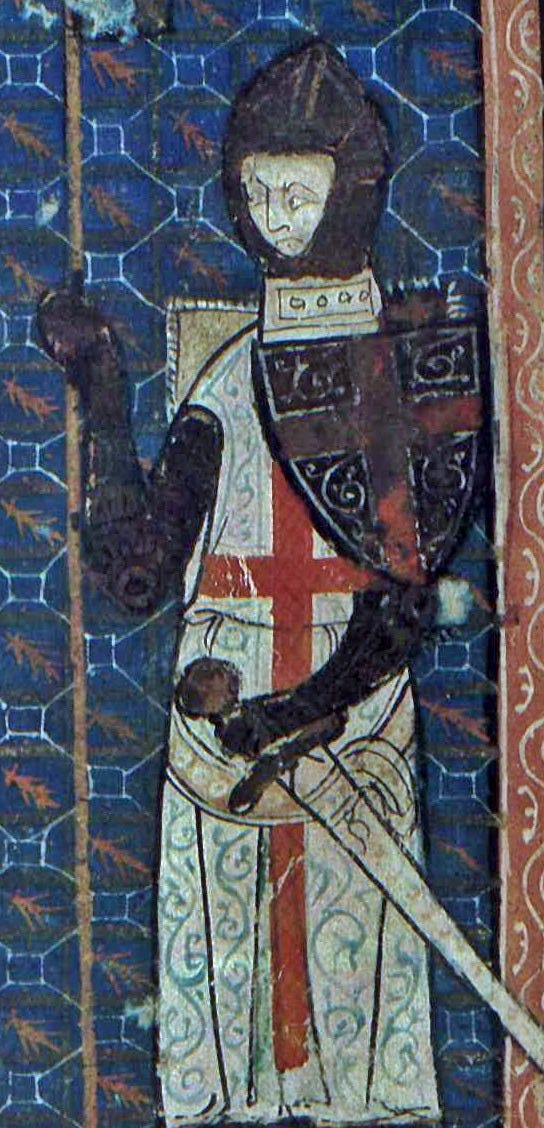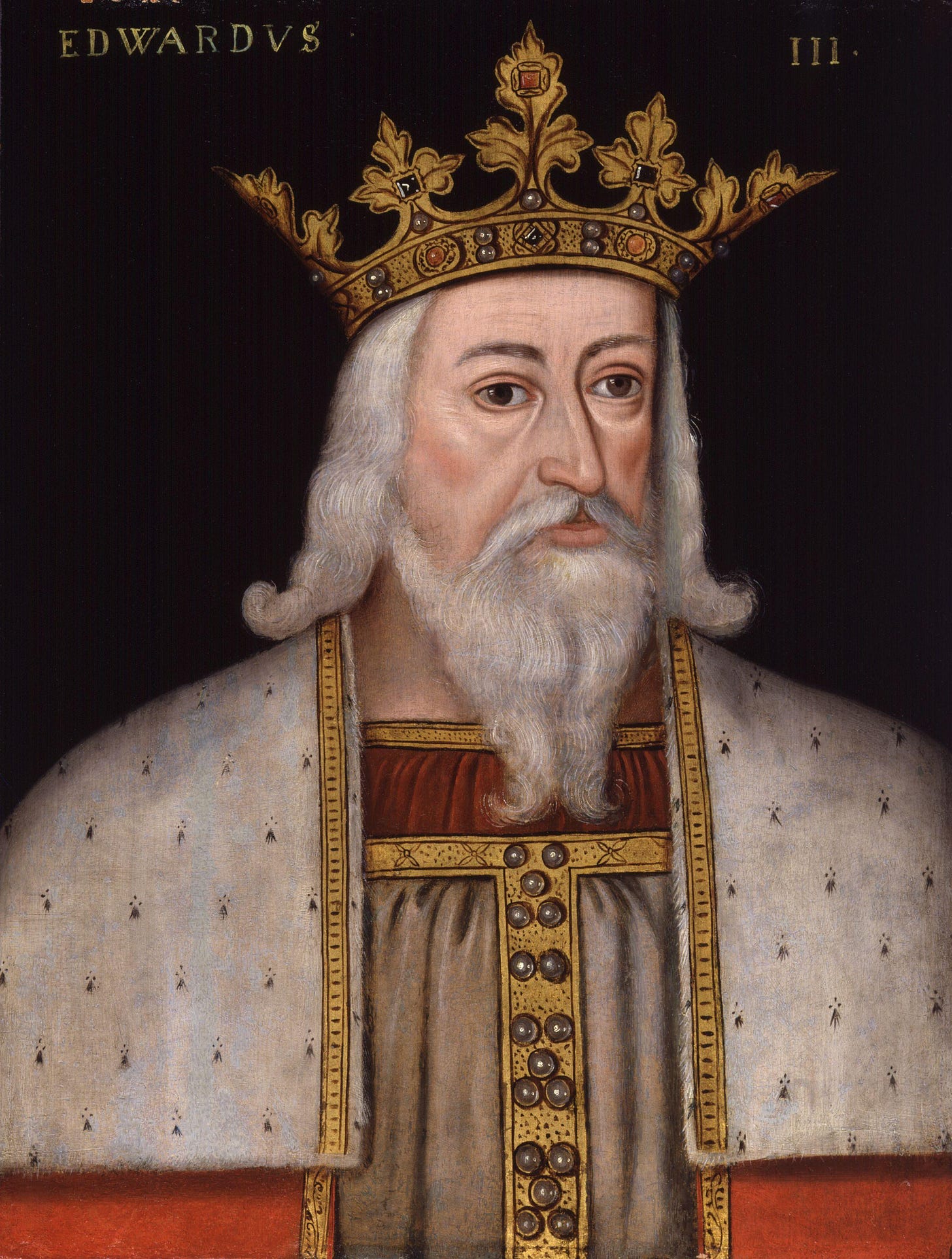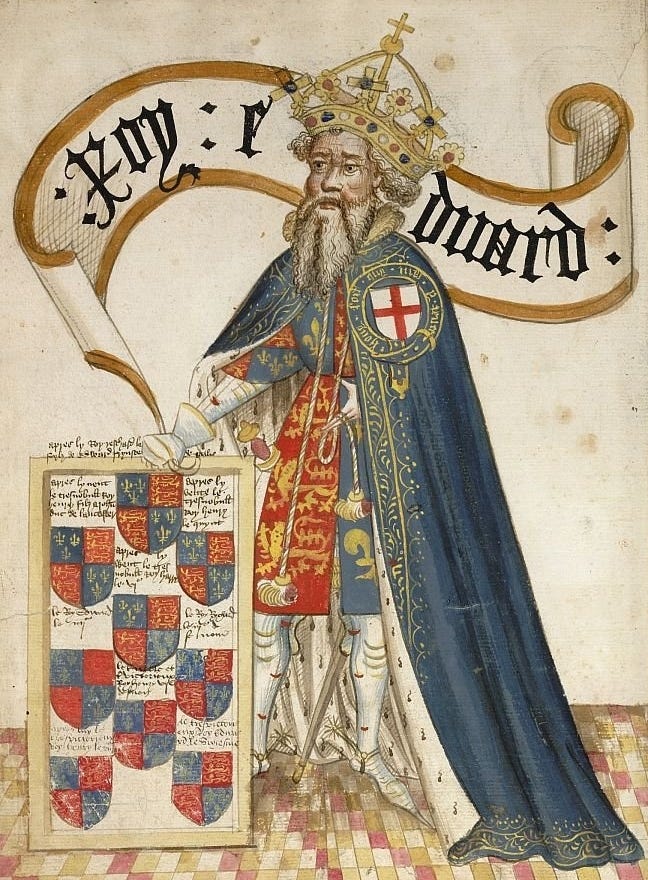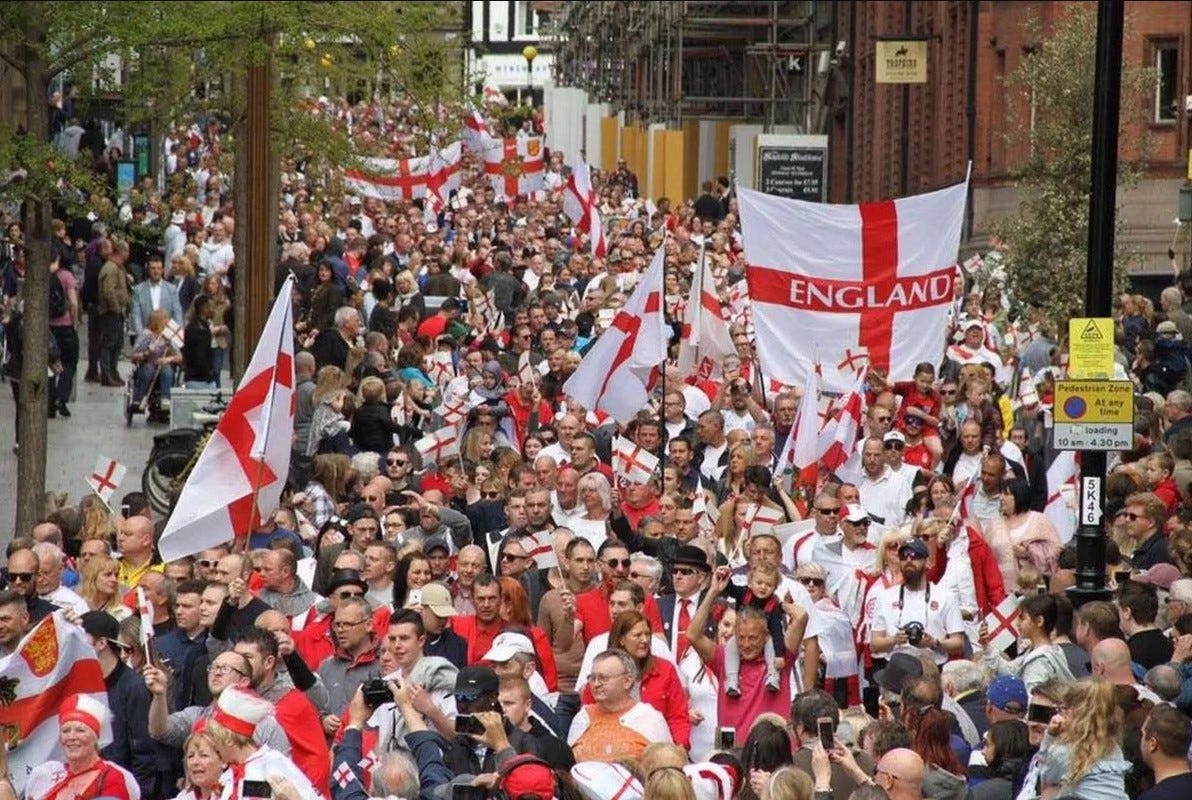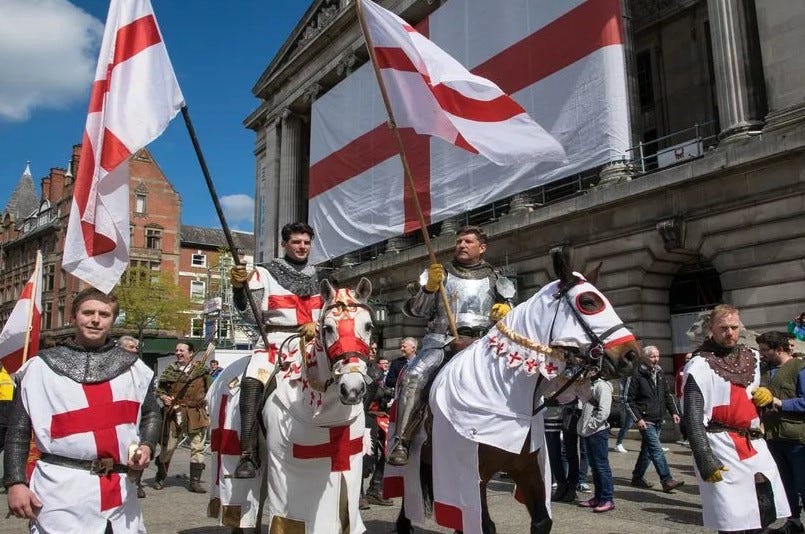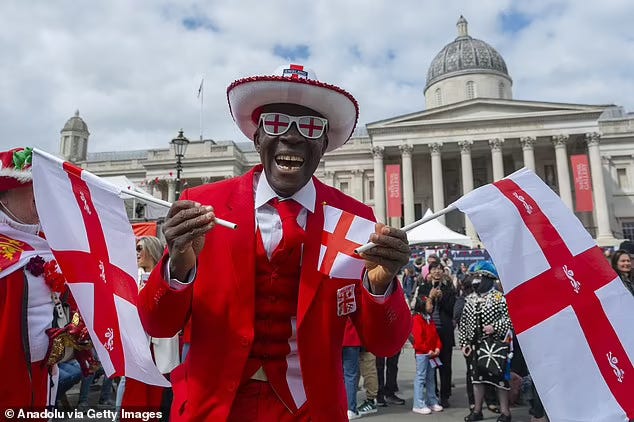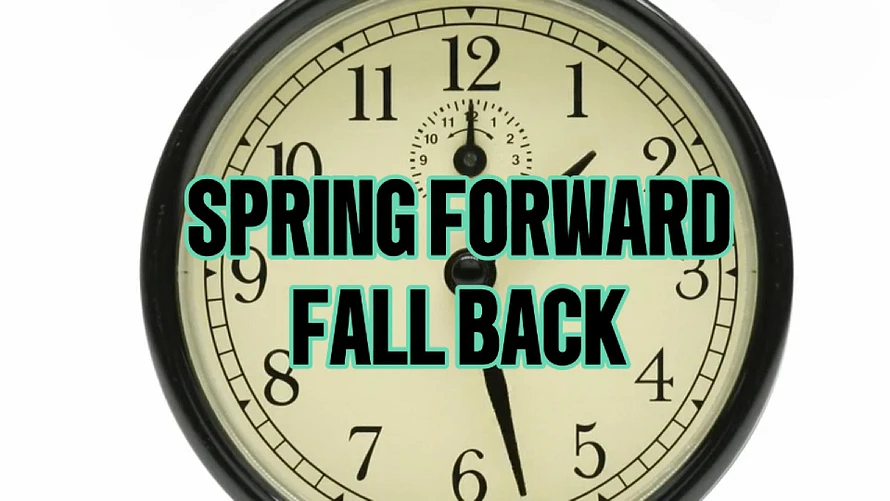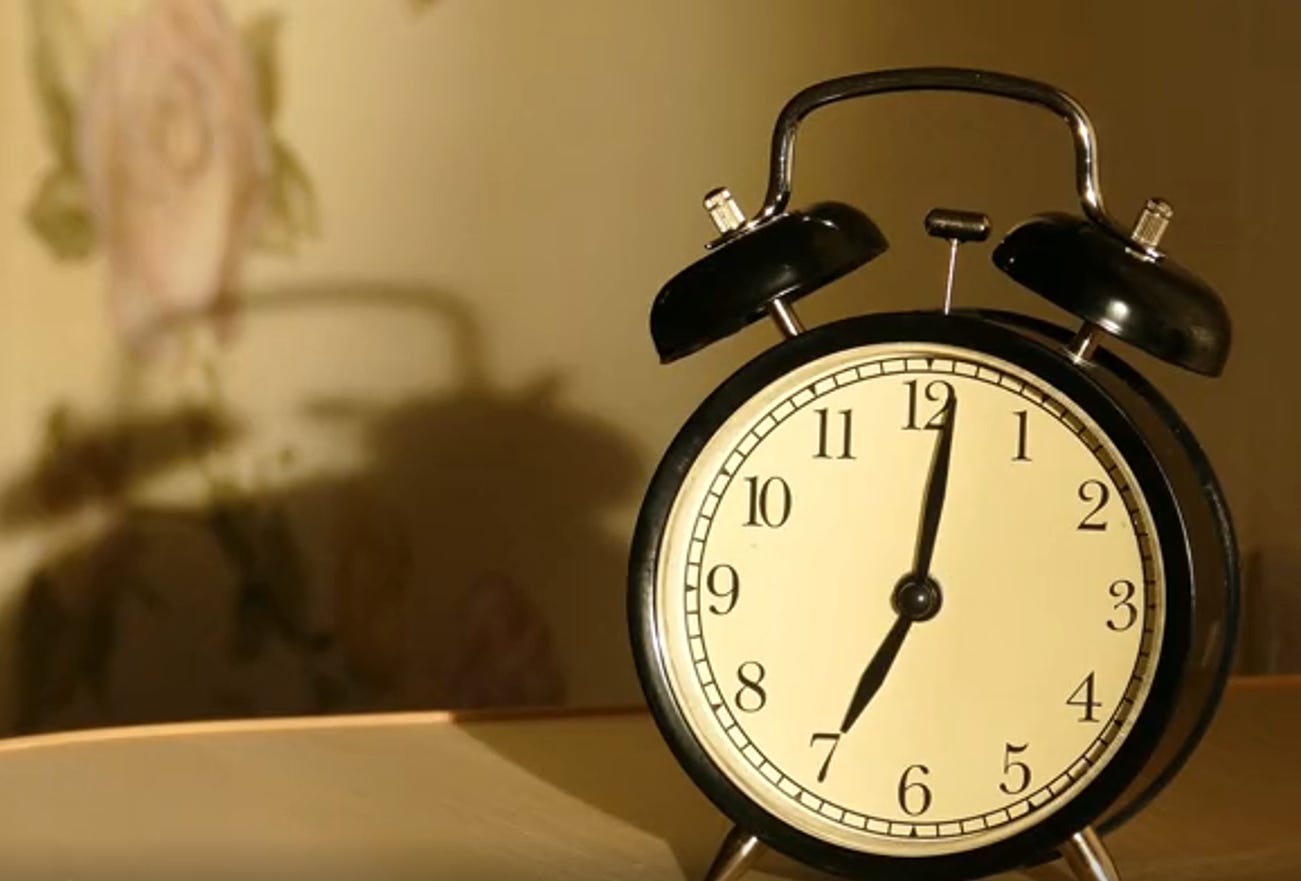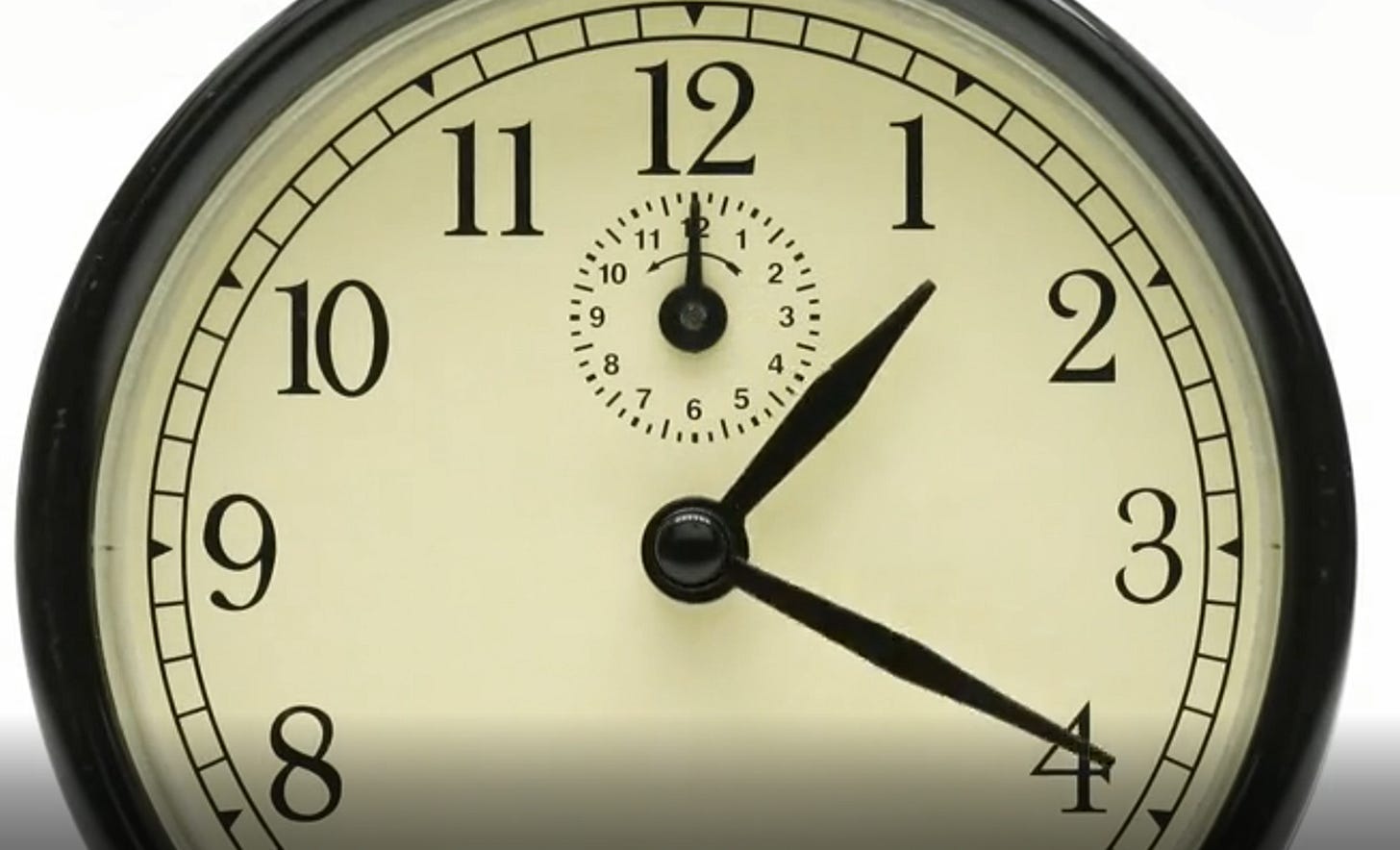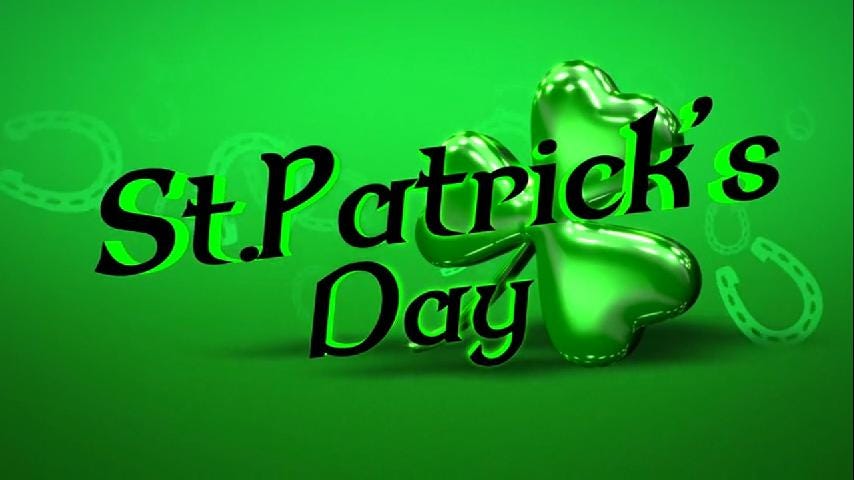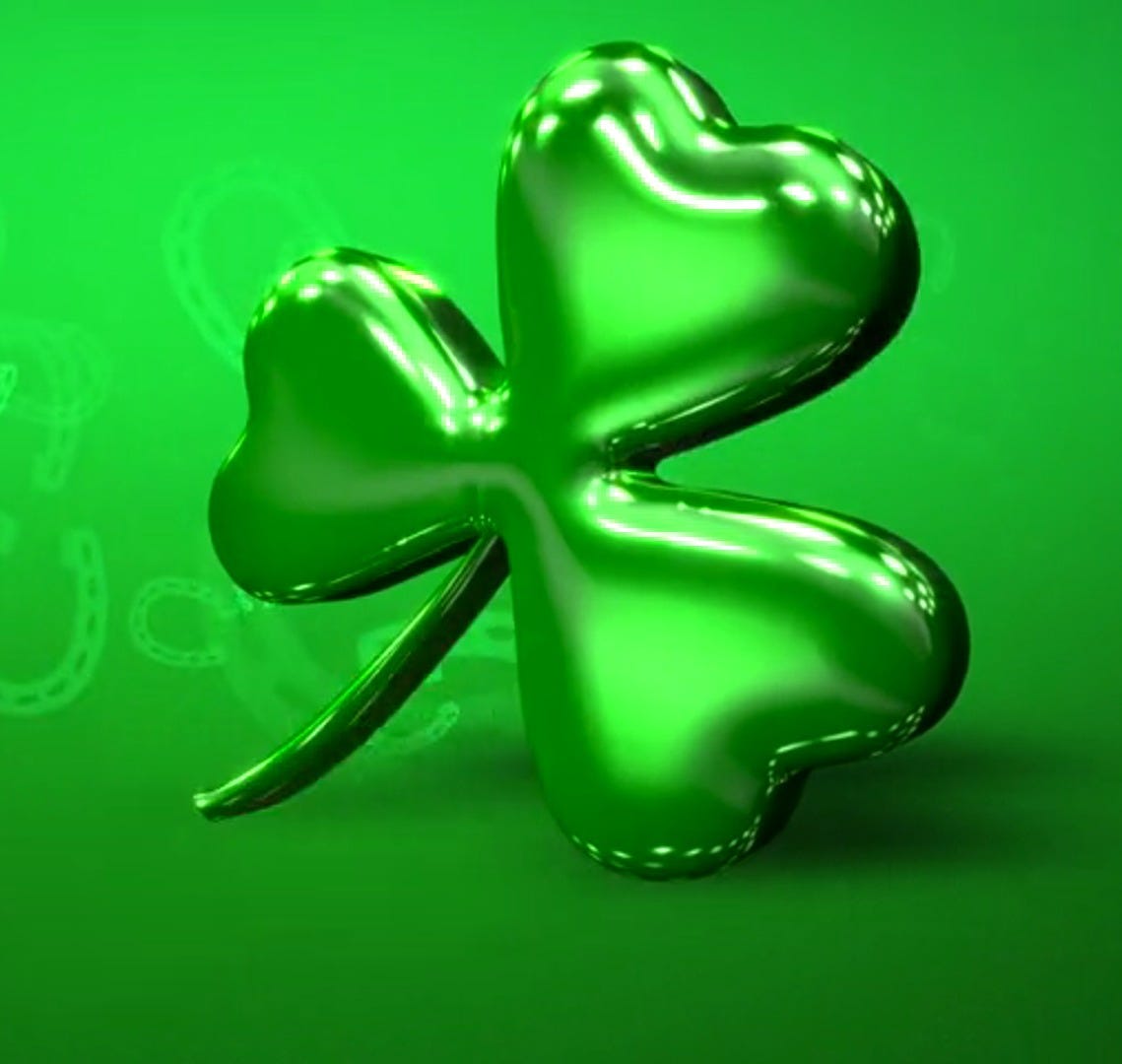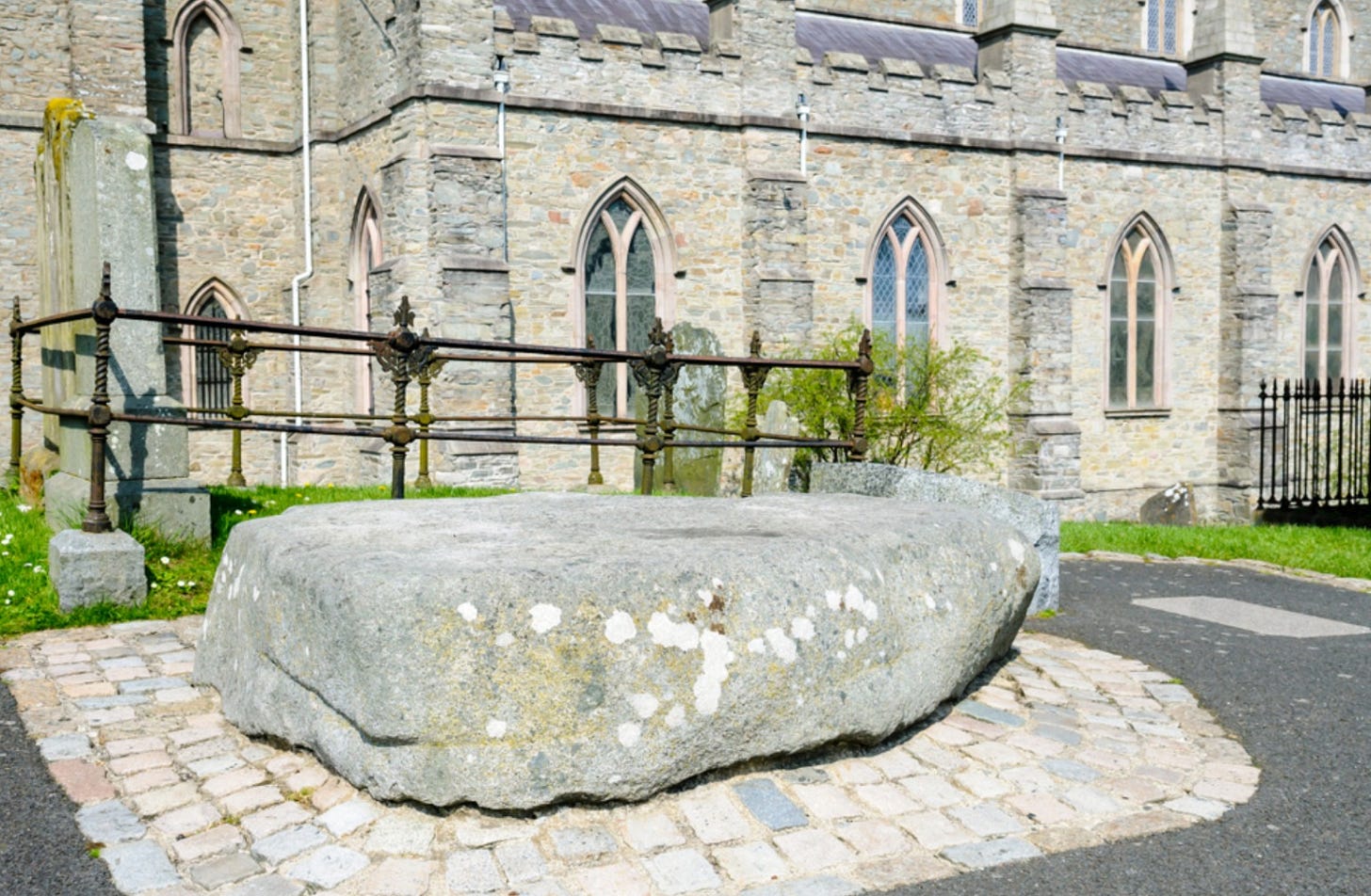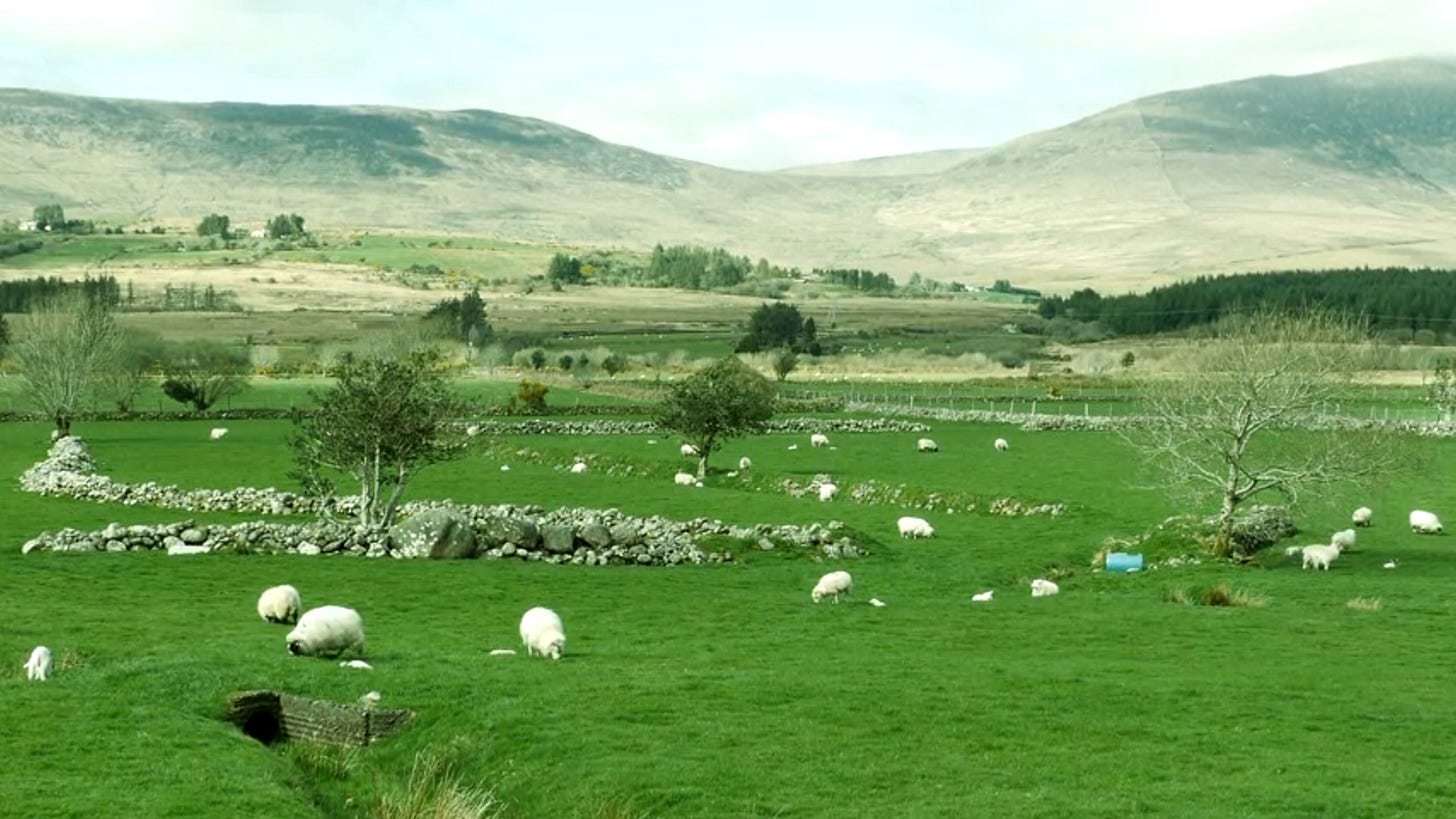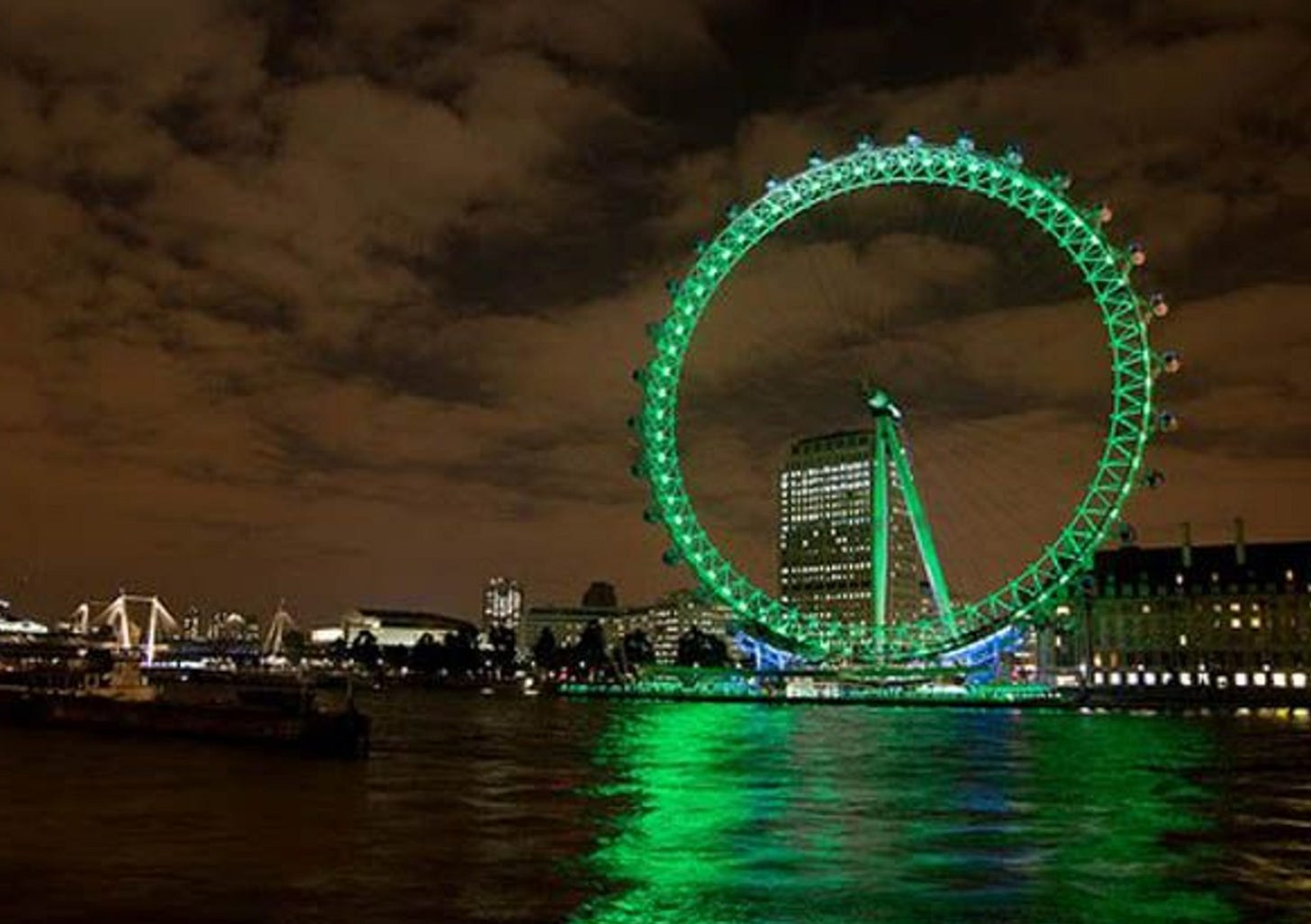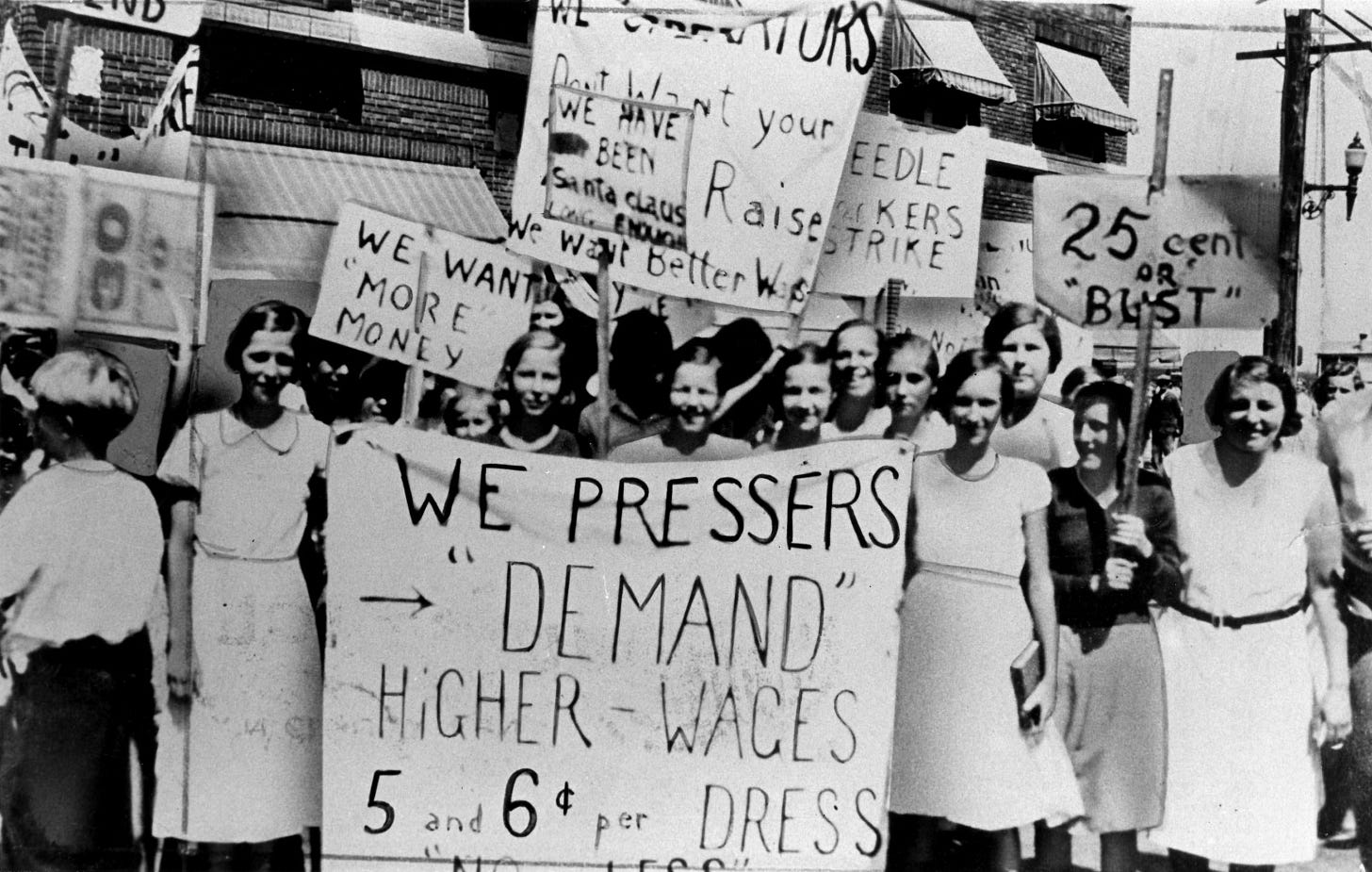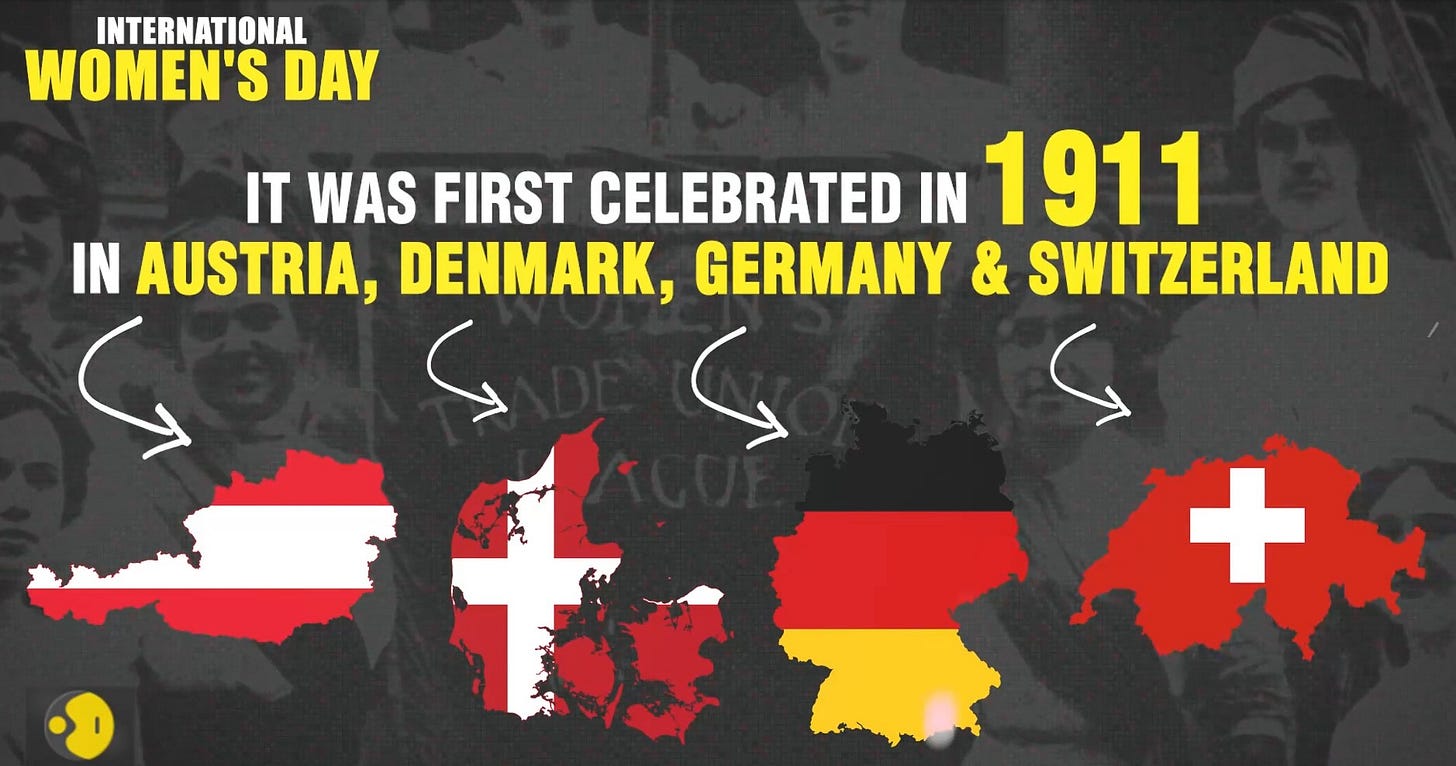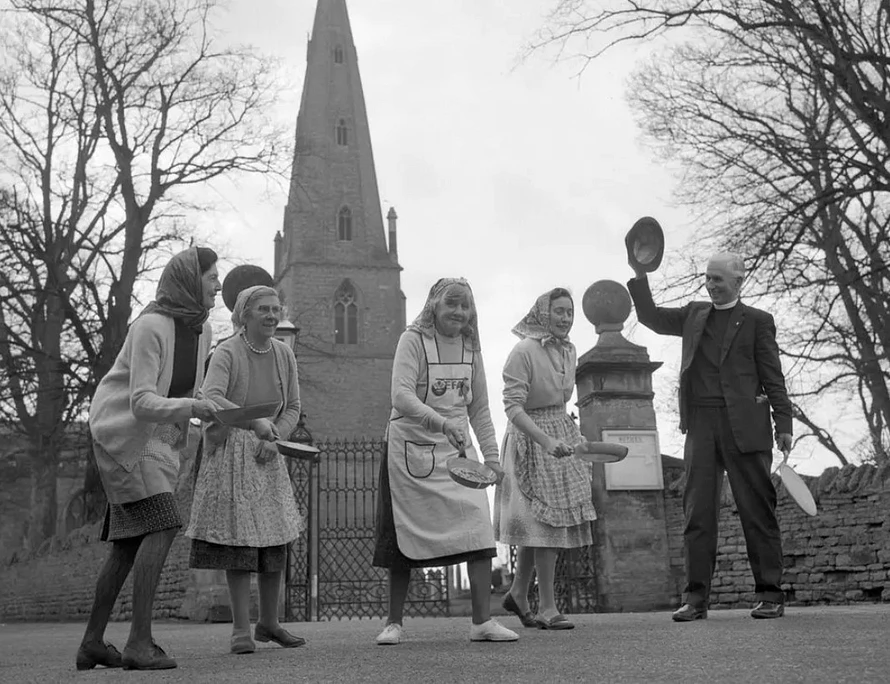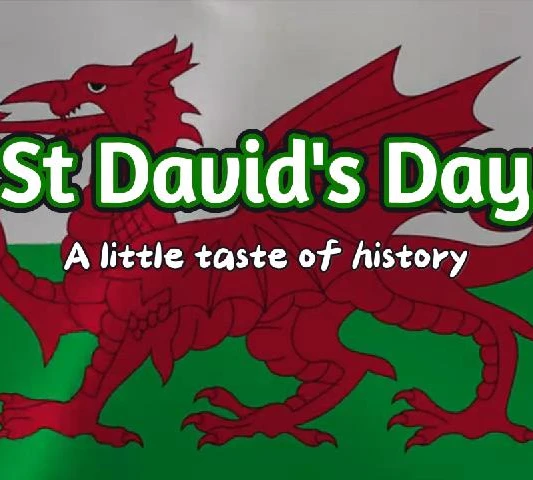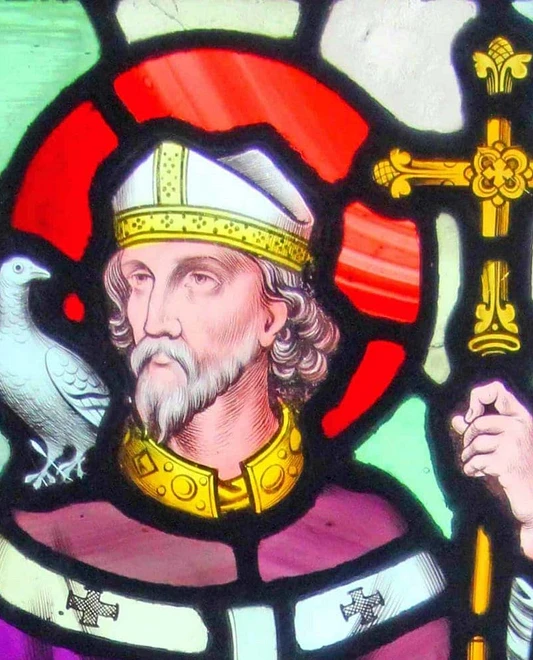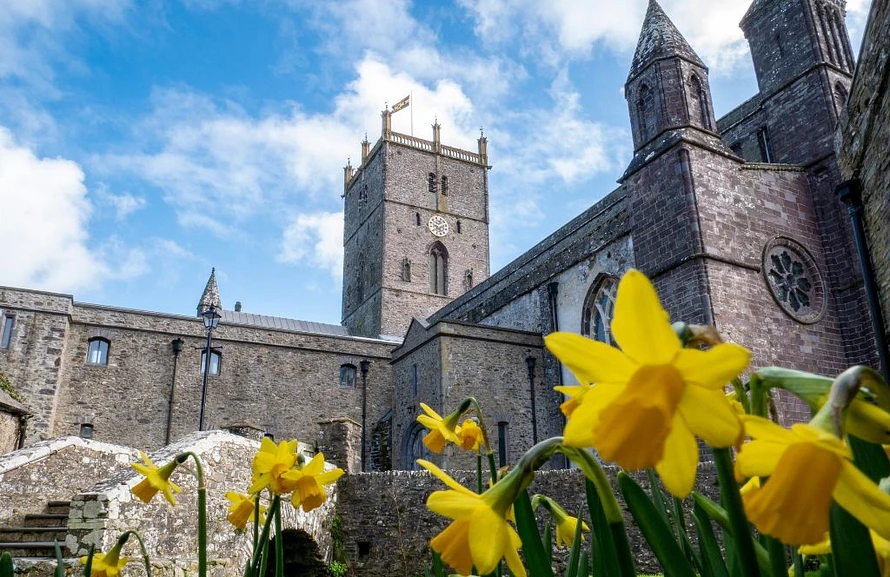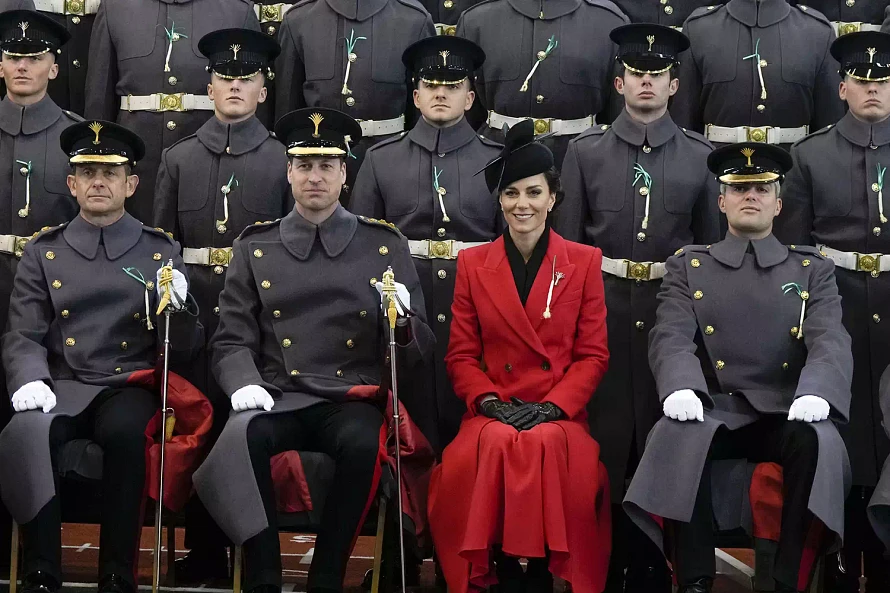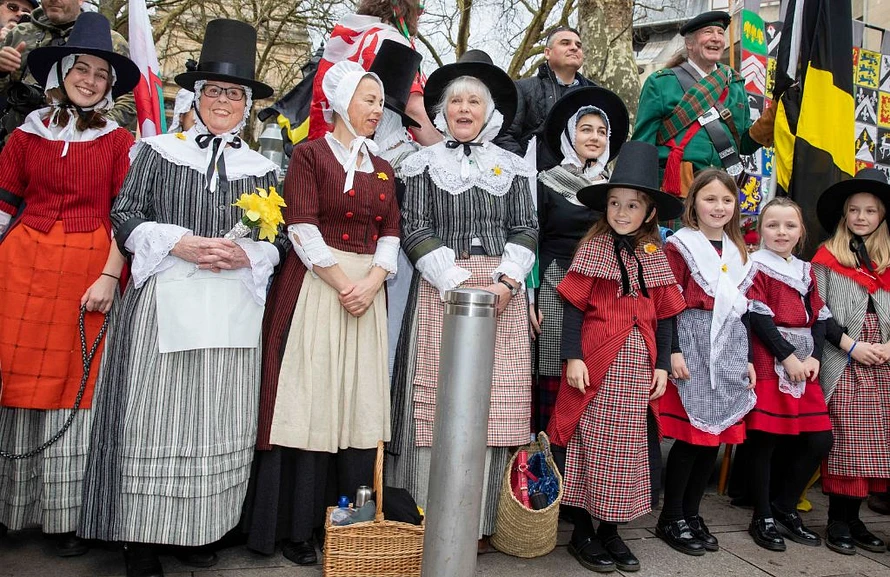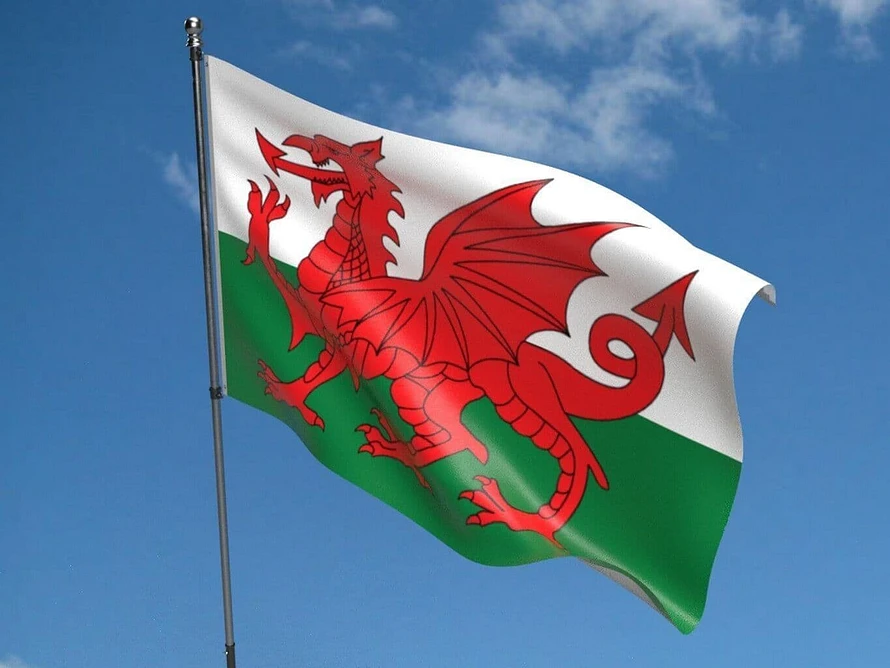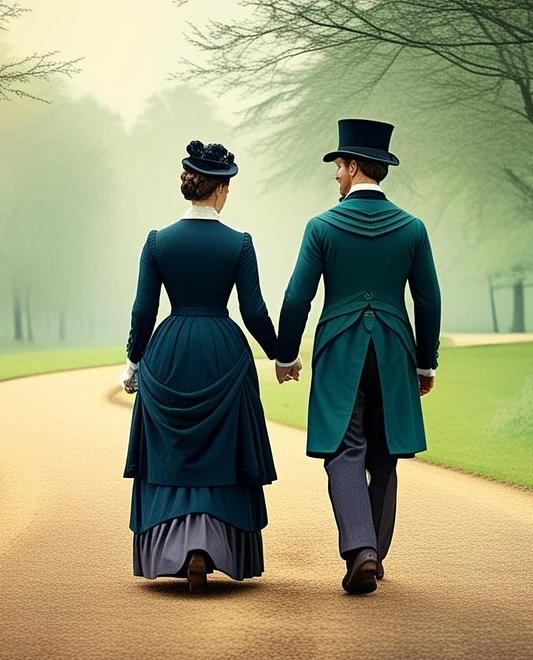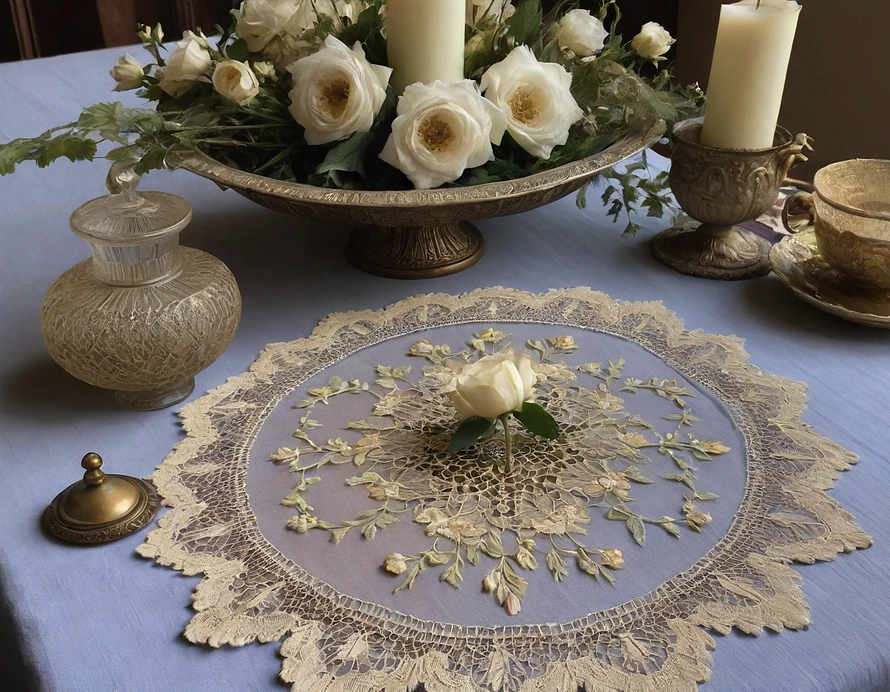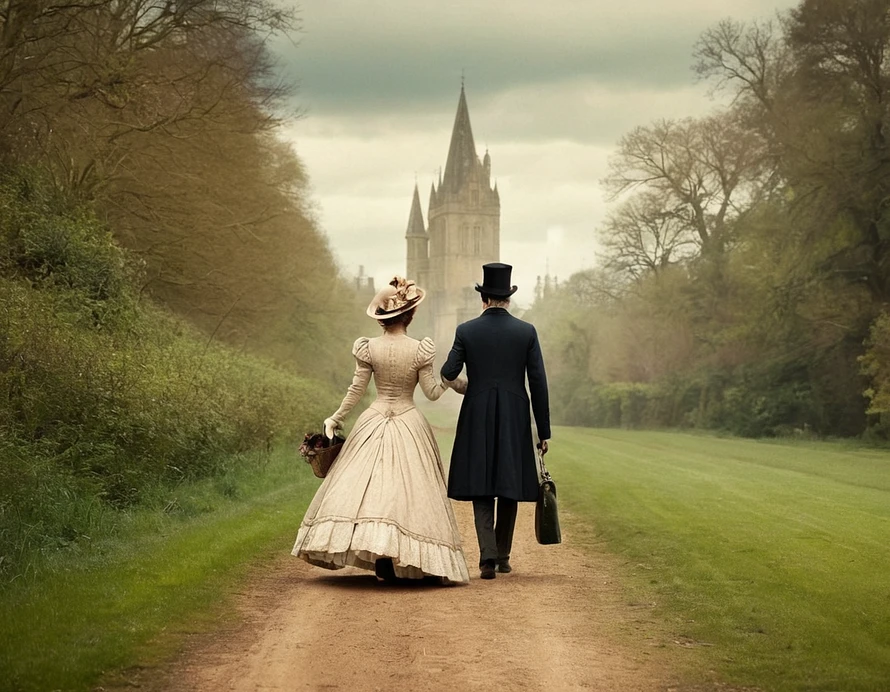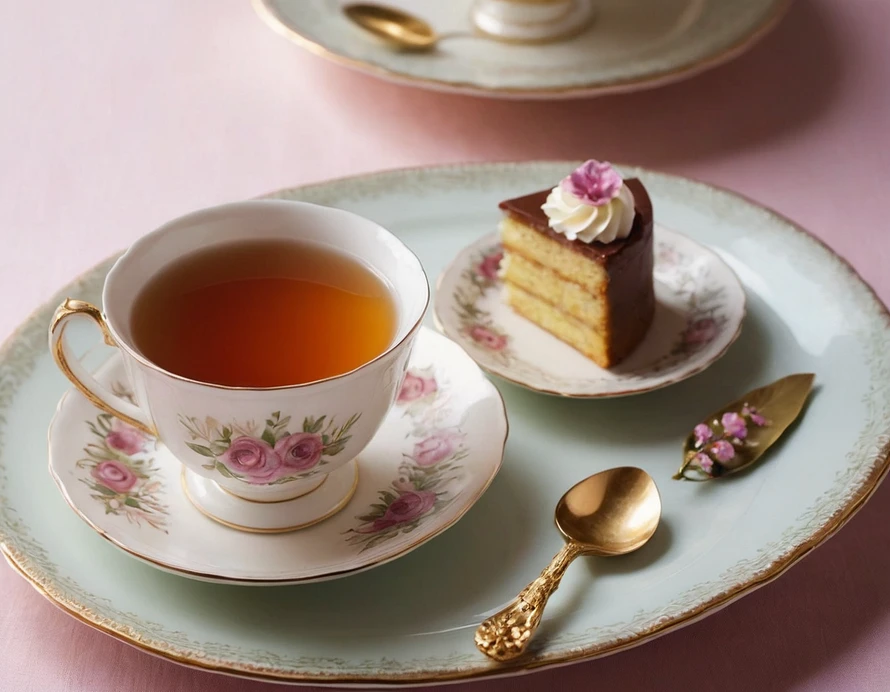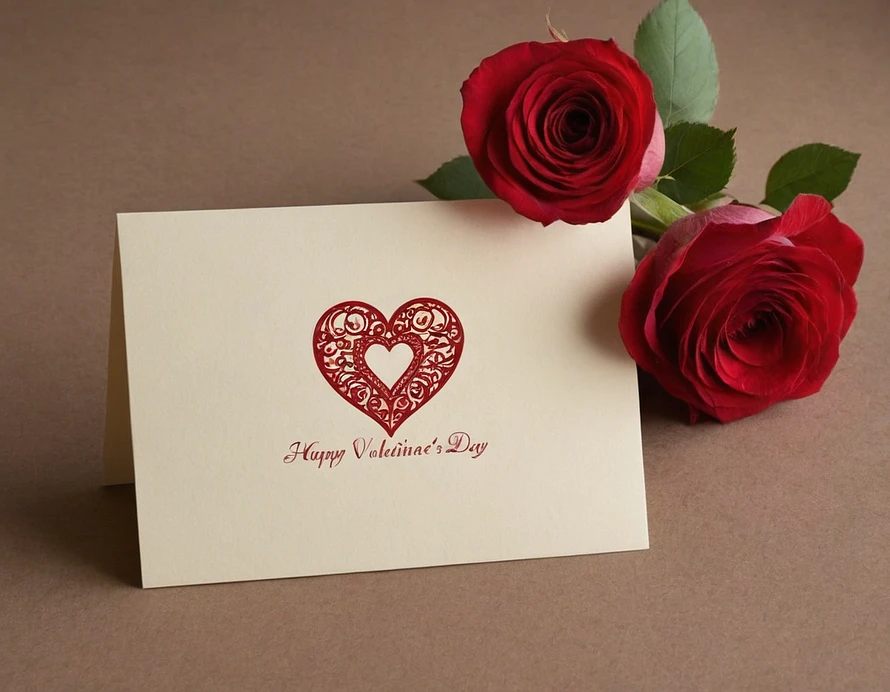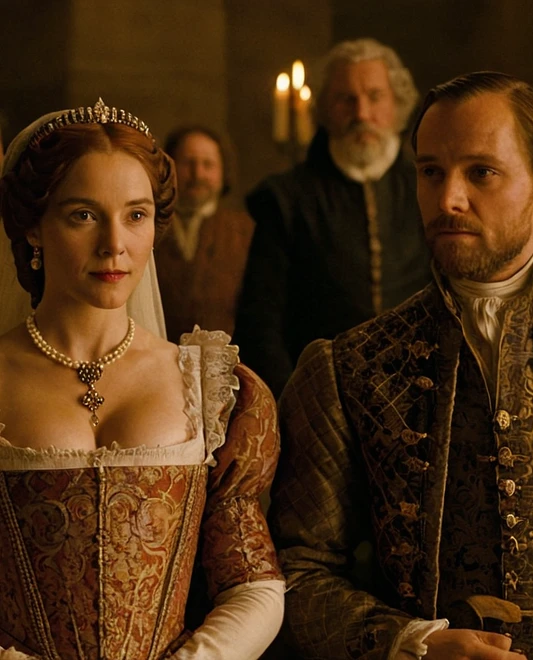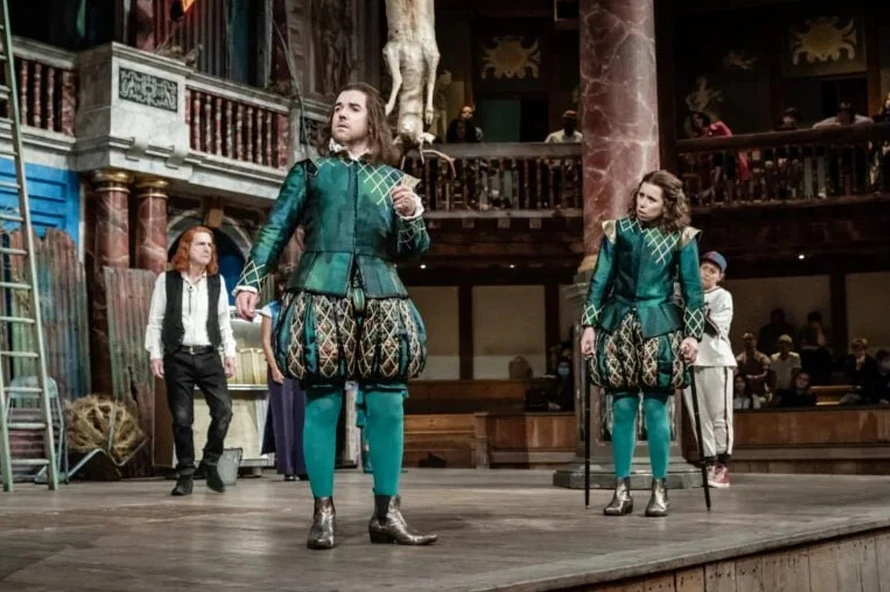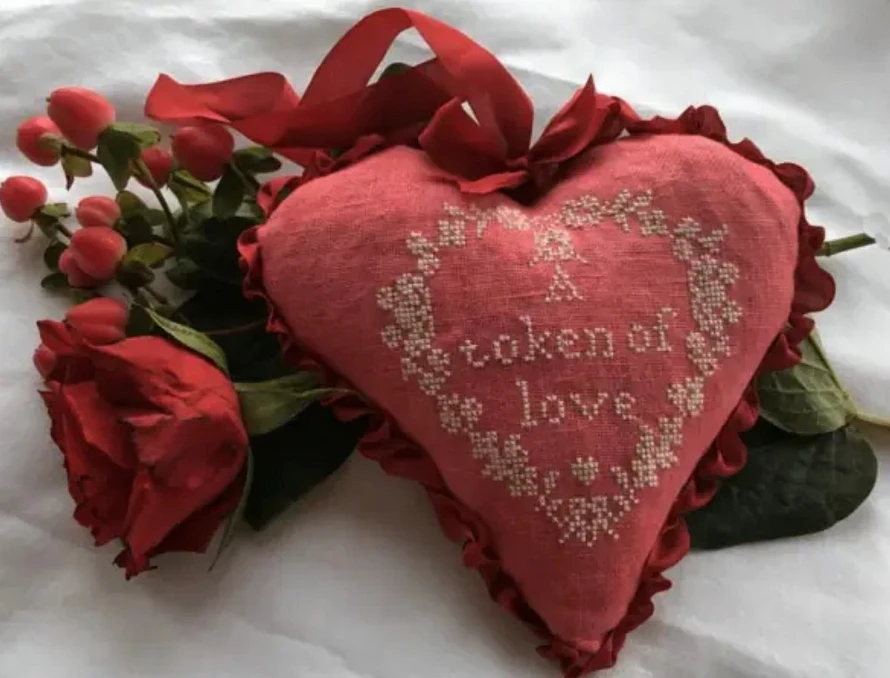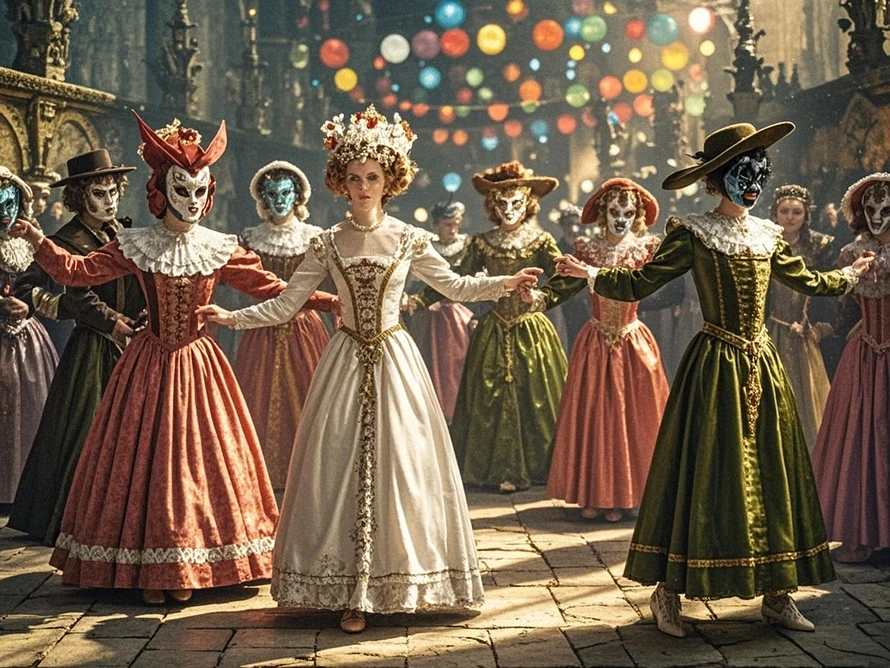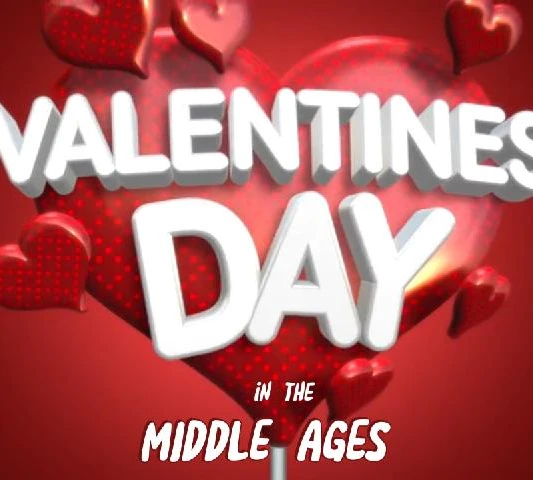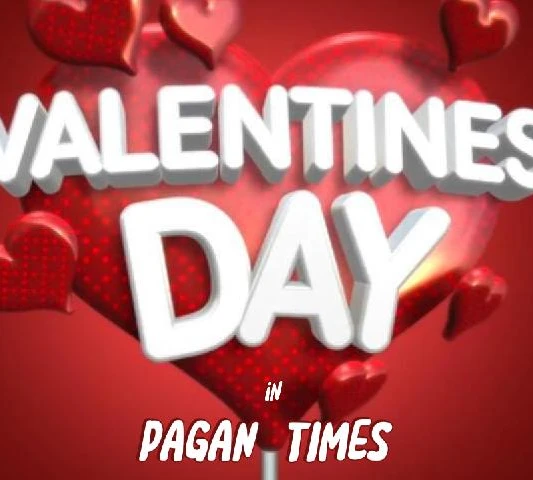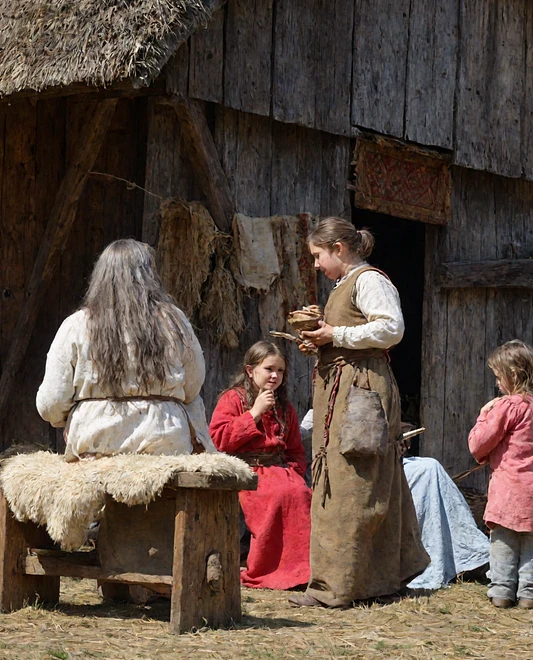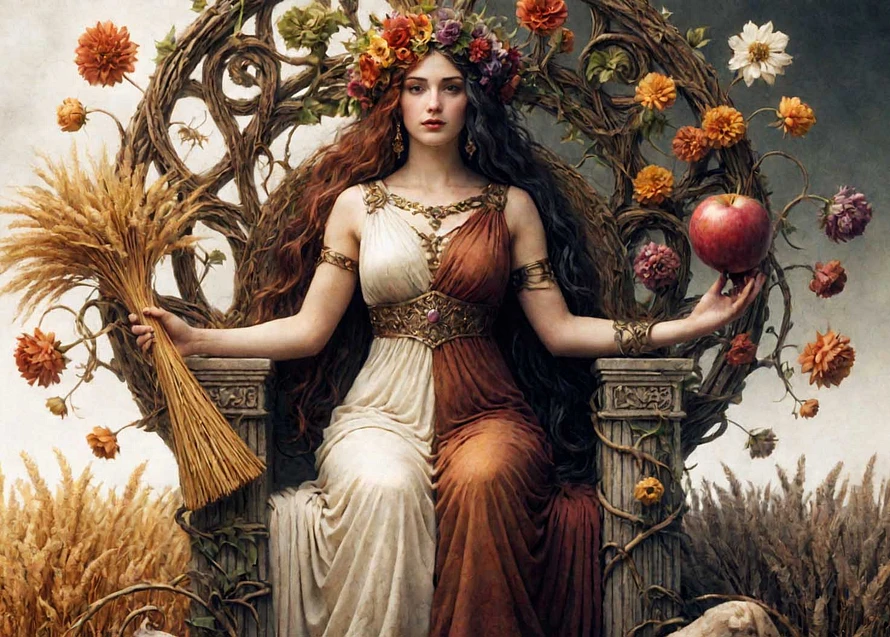ST GEORGE'S DAY - A little bit of history
Every year in April, England celebrates its very own national celebration for St George’s Day with stories of dragons, bravery, and modern-day festivities!
But what are the origins of St George’s Day? And who was St. George?
Well, first thing to note is he wasn’t actually English!
St. George was a Roman soldier born in the third century in modern-day Turkey
He’s famous for being a martyr who refused to renounce his Christian faith.
And what of the legend that he slayed a dragon? Well that’s simply medieval storytelling at its best, which is allegorical and symbolizes the triumph of good over evil.
So, how did this Roman soldier become England’s patron saint?
Around the 14th century, King Edward III invoked the symbolism of bravery and chivalry associated with St George, and officially named St George as our patron saint.
The red cross of St. George, became associated with his legacy during this period.
His bravery symbolized the ideals of chivalry, and Knights of the Order of the Garter swore allegiance to him. The red cross associated with St. George then became an integral part of England’s flag!
Fast forward to today, and St. George’s Day, is celebrated every year on the 23rd of April, though it is less about dragon-slaying dramas and more about embracing English pride. It should be noted that if the Easter period includes the 23rd of April, then St George’s day will move foreward to the week following.
Expect parades, church services, flag-waving, and traditional foods like roast dinners.
A classic way to mark St George’s Day is to wear a red rose, but some people go further by dressing up as medieval knights (and dragons) to relive those medieval legends.
So there you have it— St. George’s Day is a historical and cultural touchstone for England that blends ancient tales and modern celebrations.
Don’t forget to wave your flag and wear your a red rose of England this 23rd April
